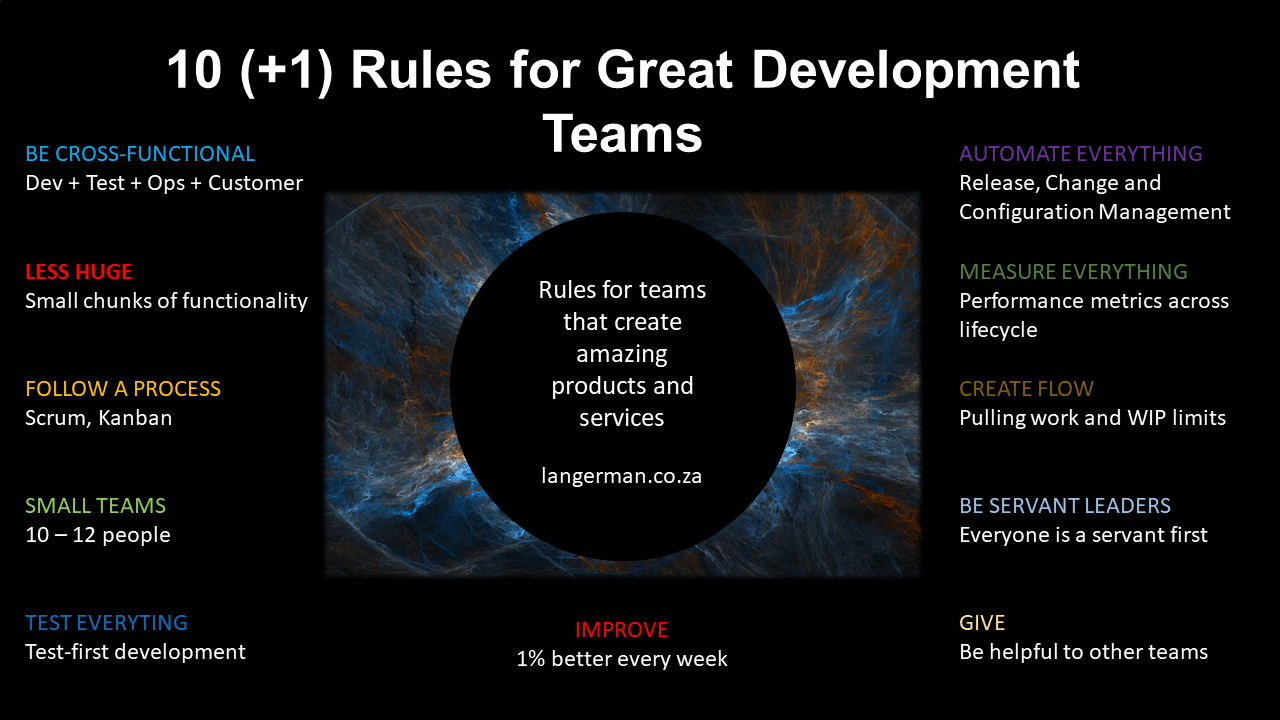A Chief Information Officer’s (CIO) job is not just to look after the organisation’s current information technology operational needs, but also to create an organisation that is future fit.
Leading the organisation through today’s digital revolution to remain relevant and successful is not a job for the fainthearted, it takes one who is a revolutionary at heart.
A key shift of the digital revolution is a Copernican shift away from the organisation being at the centre of their own universe to placement of the customer at the centre of everything.
Before even contemplating technology strategy and tactics, the leader must ask: How do my choices solve customer problems, and will customers find these solutions desirable?
Every choice should be about what the customer wants and if they will find it valuable.
As a quick experiment, ask yourself how frequently in your leadership meetings do you talk about what the customer wants versus the usual governance aspects like budgets, human resources, risk and technology.
Having identified what your customer truly wants there are a few pathways available.
For a small company or start-up without major investment in technology, you are ready to capitalise on the digital revolution by investing in modern technology or platforms. However, a leader rarely has this option if she is part of a larger organisation.
Most larger organisations already have significant investment in legacy technology. An appropriate pathway for such organisations could be to focus on an integrated customer experience.
Regardless of the messy legacy IT architecture, organisational silos and fragmented data, create a seamless integrated experience for the customer by hiding this complexity from them.
This will not only improve customer satisfaction but also enable provision of a far richer mobile experience. Fortunately, many integration layer technologies exist to make this transition simpler, such as APIs, Service Bus Architectures etc. This pathway is effective, cheaper than other approaches and allows you to experiment more.
Another pathway to success in the digital revolution is to pursue high efficiency. The aim is to standardise and industrialise ruthlessly.
Many a time this goes hand-in-hand with re-platforming. This involves re-engineering operations, breaking down silos, re-structuring and using enabling technology platforms.
Modern platforms allow for increased process automation, leverage of Artificial Intelligence (AI), machine learning and high degrees of customization, which enables greater customer centricity and provides a platform for future growth.
Locked into aging technology
The drawback of this approach is that many organisations are locked into aging technology platforms and have customised solutions to such a degree that it is near impossible to modernise and prohibitively expensive. Becoming future fit is very hard.
While this modernisation journey is notoriously complex, unpredictable and prone to failure, sometimes you have no choice, and this is the route to go.
These options are difficult in a traditional organisation due to vested interests and silos. Large corporates are infamous for these dynamics. In such cases, an alternative is to create a brand-new organisation, unencumbered by legacy and culture.
If this is successful, then the big challenge is to integrate this new construct and the parent company, given the inevitable clash of cultures. In the worst outcome the parent devours its children and no headway is made to transform the parent organisation.
Organisations are large, complex dynamic systems with many moving parts. To achieve the best margins, organisations must achieve the end results of both the efficiency and integrated customer experience pathways.
You can do this through normal strategy execution techniques (programme or agile delivery) or you can start a new venture and incorporate the learnings into the parent.
However, leaders must choose their own paths that are appropriate for their organisations to become future fit. Unfortunately, this transformation is more art than science. As such, it is best to try something, learn from it, persevere or pivot and repeat continuously.



